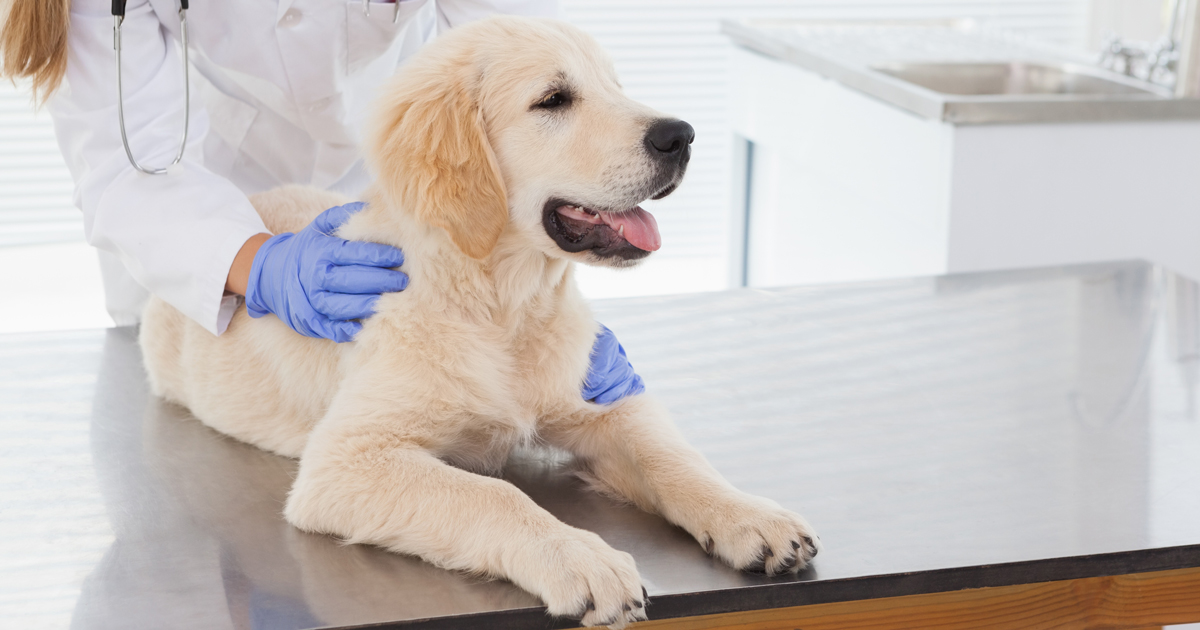A veterinary career and examinations go hand in hand. I can’t count the number of papers I’ve sat over the last quarter of my life that have opened the doors to where I am now.
If you manage to make it even half way through the vet course it can be assumed you have mastered the art of taking tests.
But third year, I’m coming to realise, is a game changer.
The same, but different
I don’t think it properly dawned on me until our first day back during an afternoon practical. We were going over a routine canine examination, mimicking the role of any vet when a fresh patient comes through their doors; travelling from nose to tail, searching for abnormalities, checking mucous membranes, smelling inside the ears – the works.
We also covered various injection sites along with their pros and cons, how and where to auscultate the lungs, and even how to wash our hands – which, it turns out, is far more complex than life up until now had led us to believe.
Now don’t get me wrong, they hadn’t waited until third year to teach us all of this (a lot of it was basic stuff; the habits general practice workers could do in their sleep). No, the difference was that, in these practicals, we actually had real dogs.
New experiences
It sounds childish given our future line of work, but as any vet student will confirm, when we see an animal, any animal, but especially dogs, we get very excited. It’s not just the fact it’s a cute dog (although, I won’t lie to you, that’s also a big part of it, too), but getting to practice something you’ve spent hours, if not days, learning about in the classroom on an actual patient – even a volunteer one who’s really just there for the treats and attention is such a breath of fresh air and an experience to be jumped on.
Palpating lymph nodes that aren’t sewn into stuffed animals, palpating an abdomen that isn’t lying on your dissection table – all these things are akin to luxury for new third years.
But, with this rush of this new kind of learning, came to realisation of what they were preparing us for: the dreaded OSCEs – a whole new kind of exam.

Growing up
It’s always difficult having to start over or break out of an old routine into a new one, but when you go from pre-clinical to clinical you pretty much have to do just that. As you and your cohorts shuffle ever closer to becoming real full-fledged vets, it shouldn’t come as a surprise that you get treated more and more like one, and are expected to act a little more like one.
Before long, we won’t be able to pass every test they throw at us by last-minute reading and flash cards. Attention to detail, compassion, patience and professionalism will begin to carry the same weight as memorising words from a page.
In my mind, this can only be a good thing; a little scary, perhaps, but it’s also a nice reminder of where we’re headed. Working with real animals, working on problem solving – it all helps to make the future a little more tangible and less of an abstract concept.
I don’t know how I’m going to shape up with this new style of assessment coming my way, but I’ll certainly give it my best.

Leave a Reply